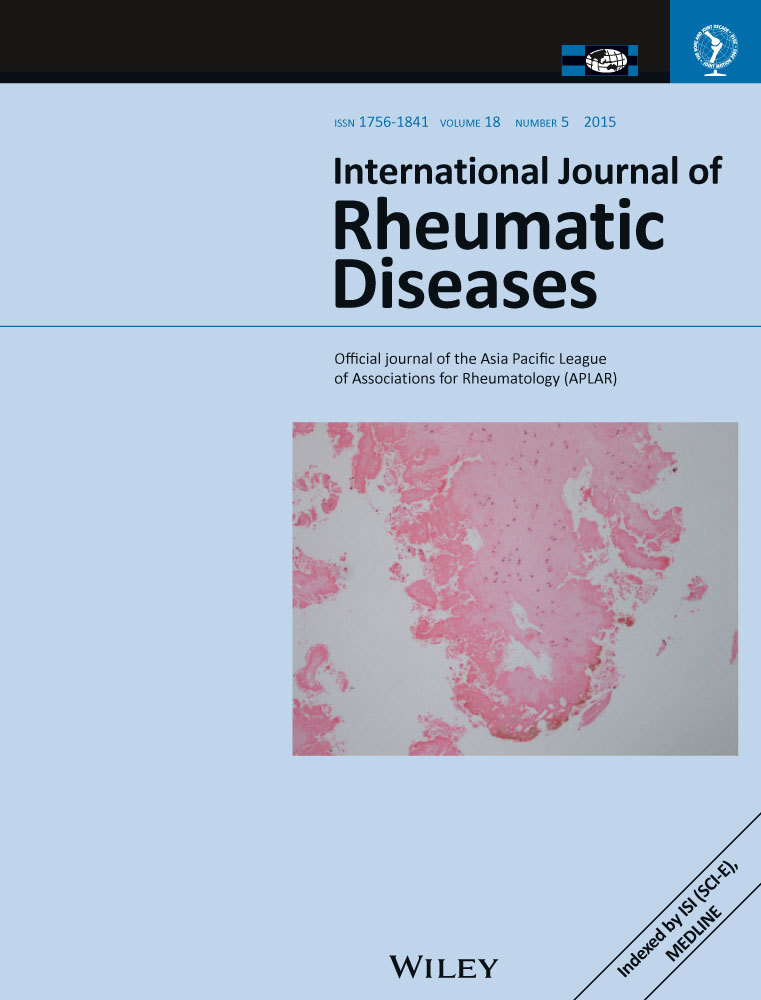A random, case-control study on the efficacy and safety of Weishi Bitong Xifang fumigation for mild and moderate knee osteoarthritis patients
Abstract
Objective
To explore the efficacy and safety of Weishi Bitong Xifang fumigation for treating patients with knee osteoarthritis (KOA).
Methods
A total of 100 KOA patients were randomly assigned to receive Weishi Bitong Xifang fumigation and washing (fumigation group, n = 50) or unctions of votalin emulgel (Voltaren emulgel group, n = 50) by means of a computer-generated random-number table. All the patients received two courses of therapy (2 weeks per course). Visual analogue scale (VAS) and Western Ontario and McMaster Universities Osteoarthritis Index (WOMAC) were used to assess the curative effect.
Results
Visual analogue scale and WOMAC scores were significantly improved in both groups after treatment. However, VAS, stiffness and functional scores in the fumigation group were significantly lower than those in the Voltaren emulgel group after 4 weeks of treatment. In addition, the occurrence rate of adverse effects in the fumigation group was also lower than that of the Voltaren emulgel group.
Conclusion
Weishi Bitong Xifang fumigation is an effective and safe method for treating KOA patients and should be widely applied in clinics.




